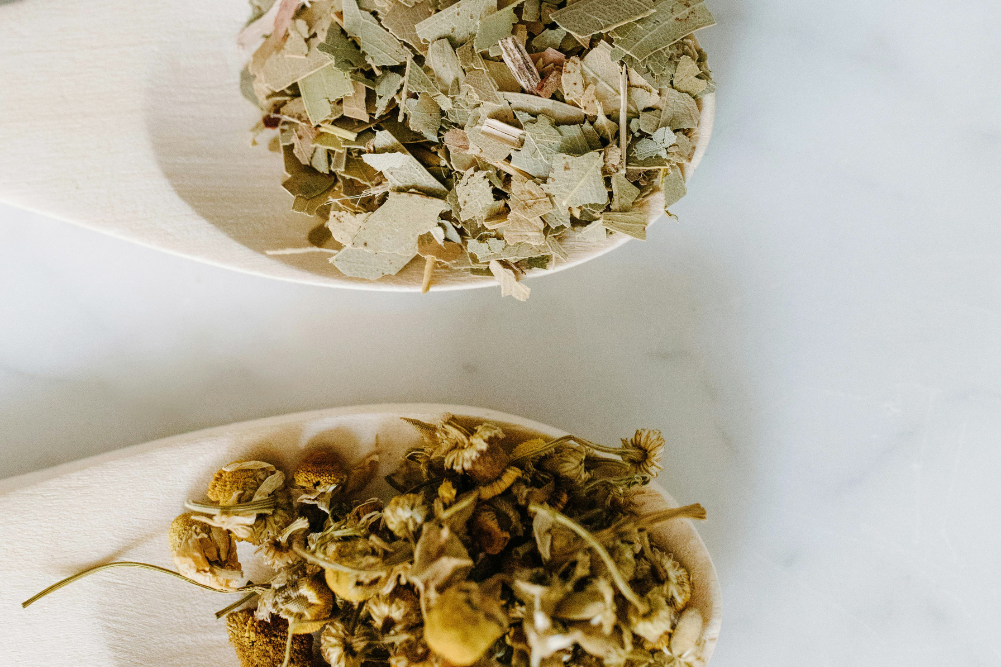Regular naps can lower blood pressure
You need adequate blood pressure but high blood pressure is a major health concern as it increases your risk of heart disease, stroke, and kidney failure. In Australia the Australian Bureau of Statistics estimates that around 10 per cent of the population have high blood pressure. Similar figures exist around the developed world and in America the Centers for Disease Control and Prevention (CDC) estimate that 33 per cent of Americans have high blood pressure. When you start talking figures like that pharmaceutical company executives get very excited. There is big money in medicating hypertension (high blood pressure) but you can keep your blood pressure low and reduce your need for medications by lifestyle interventions like exercising, eating well, and even taking a midday nap.
Blood pressure is the force exerted by the flow of blood on the walls of the arteries and is written as systolic/diastolic (e.g. 120/80 mmHg, stated as 120 over 80). Medical protocol dictates that blood pressure needs to be medicated in this range to reduce risk of negative health outcomes. Decades of research that shows the risk of heart disease doubles with each increase of 20 points to the systolic blood pressure (the top number). In people who do not have other risk factors for heart disease, the goal is to keep the blood pressure under 140/90. That is why many people are on medication to lower their blood pressure but these researchers wanted to see whether a simple strategy like a midday nap might help.
There is big money in medicating hypertension (high blood pressure) but you can keep your blood pressure low and reduce your need for medications by lifestyle interventions like exercising, eating well, and even taking a midday nap.
The study involved 386 people with an average age of 61.4 years who had high blood pressure. All subjects had their blood pressure measured when at work and also over a 24 hour period. Additionally they were interviewed to establish their lifestyle habits and their body mass index.
The results showed that after adjusting for age, gender, BMU, smoking status, salt, exercise, alcohol, and coffee there was still an effect from having a midday nap. Those who did nap had an average five per cent lower systolic blood pressure throughout the day (about 6 points on the scale) compared to those who did not nap at all. The nappers had systolic blood pressure reading that were an average four per cent lower (5 points) when they were awake and six per cent lower (7 points) when they were asleep. Reductions by as little as 2 points can decrease heart disease risk by 10 per cent.
The research also found that the longer you sleep at midday, the greater the benefits you receive for your heart. Overall not only did nappers have lower blood pressure there was also less damage to the blood vessels and heart.
You wouldn’t just drop your medications and start napping to keep your blood pressure in check but it may be a way to start cutting down on the medication with guidance from your medico. If you aren’t on blood pressure medications already then a daily siesta might be a very pleasant preventative.








